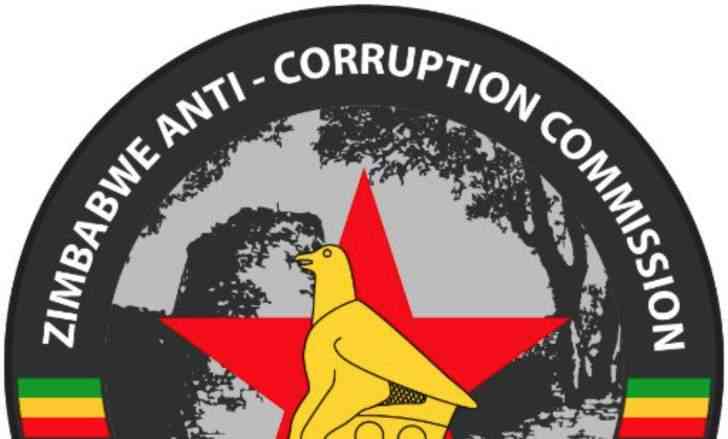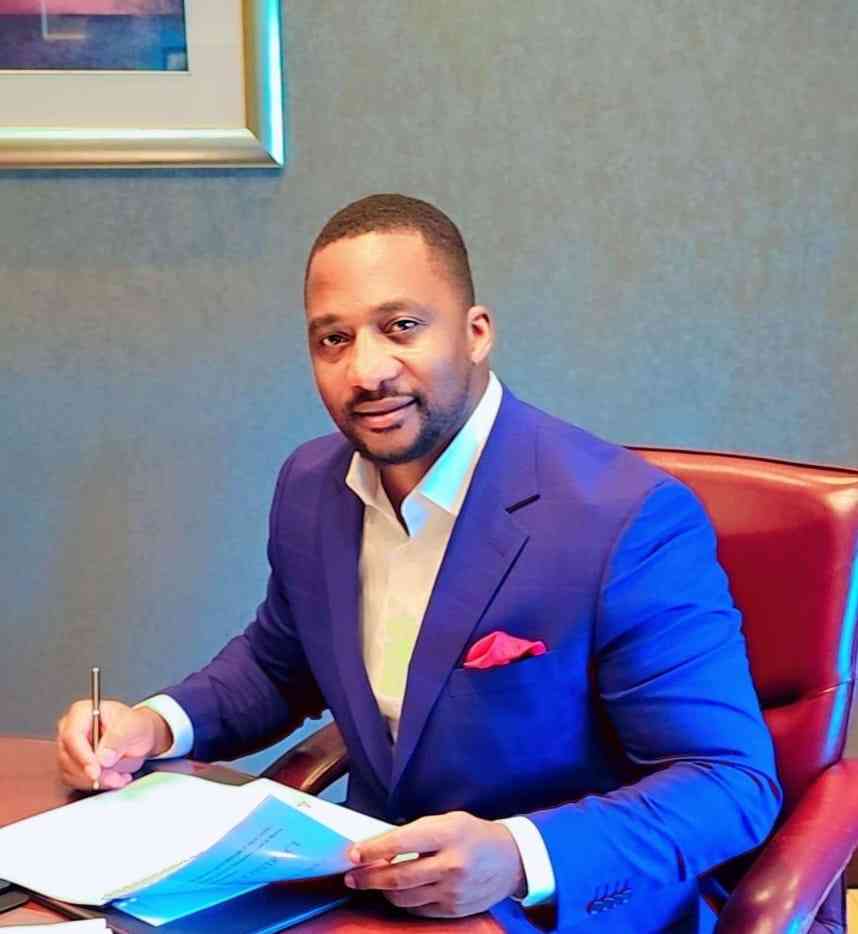Tawanda Matende & Kudzai Gotosa
Shakespeare’s often quoted words: What is in a name?, in the play Romeo and Juliet, suggest that names speak to a people’s cognition, emotional and ideological orientation.
In lingustics, names mirror the socio-economic and political landscape of any people as naming is cultural.
Currently, Zimbabwe is smarting from Cyclone Idai, which has also hit hard parts of Mozambique and Malawi, destroying homes, crops, bridges, and roads, bringing untold hardships to affected communities.
Many linguists, the academia, ordinary people and weather experts have been fascinated by how the storm had got its name. How do the experts choose names? How did they come to choose this Shona name Idai? These questions have remained unanswered.
According to climate scientist Professor Desmond Manatsa, Cyclone Idai bears a Shona name, Idai, which simply means to love.
Keep Reading
- Chamisa under fire over US$120K donation
- Mavhunga puts DeMbare into Chibuku quarterfinals
- Pension funds bet on Cabora Bassa oilfields
- Councils defy govt fire tender directive
The meaning of the cyclone raises more questions than answers Interviews that have been made by journalists to the affected people in Chimanimani clearly show that many people are baffled and captivated by the naming of cyclones.
Some people said there was nothing to love (idai) since they had been affected negatively. The cyclone left an unforgettable impression in their lives.
They lost their family members, houses, among others. Thus, they concluded that the name Idai was not a true reflection of what had happened.
Cyclones are named by the World Meteorological Organisation (WMO). In the WMO, there are 54 member countries inclusive of Zimbabwe. The organisation holds a congress meeting after every four years in which each member country submits 10 names from their countries.
Therefore, those names will be used in the next four years until the next congress meeting. Cyclones which originate from the Indian Ocean are the ones which usually affect Zimbabwe, for example, Eline, Dineo, Idai, among others. So during the four years, cyclones are named using the phonetic alphabet A to Z, meaning that we are presently at ‘I’ and the next time we will probably be at ‘J’.
So this one was named Idai, coming from the list which we submitted as Zimbabwe. Why did they choose a name from Zimbabwe? It was probably because Zimbabwe had produced a name with ‘I’ and they wanted a name which started with ‘I’.
There is no specific roaster for the countries and usually cyclones tend to be named after females though not all of them. Only the delegates in the WMO get to choose the name.
These names are not for public consumption. The names are held by the Regional Specialised Meteorological Centre (RSMC) in the Reunion of Mauritius Meteorological offices.
They have the mandate to issue warning alerts and bulletins to the whole of the southern African region adjacent to the South-West Indian Ocean.
Lists of names are compiled and maintained by various meteorological committees regionally and submitted to the WMO annually. A tropical cyclone is not given a name until the sustained maximum wind speed reaches a threshold of 34 knots.
Echoing similar sentiments, Bindura University of Science Education (BUSE) climate scientist Professor Manatsa was quoted saying the unique name assigned to a particular cyclone or storm is done according to a pre-defined alphabetical list.
“Experts from meteorological offices in the cyclone region, South-West Indian ocean, which include Zimbabwe, met and suggested the names. The names are then put in an alphabetical order for that year,” he said.
“As the cyclones develop, they are given these names, beginning with those on top of the alphabet. Names are only valid for the current season.
But when the cyclone season ends, all names which have not been used are discarded. They will start a new list the following season,” Manatsa said.
In the 2016-2017 tropical storm season, the most prominent cyclone name was Dineo, which is a South-West Indian Ocean region. In 2016-2017, the tropical storm had names, with another Shona name Kundai.
The alphabetical names of these cyclones include Abela, Bransby, Carlos, Dineo, Enawo, Fernado, Gabekile, Herold, Irondo, Jeruto, Kundai and others. Before the formal start of naming, tropical cyclones were named after places, objects or saints’ feast days on which they occurred.
Over time, however, it was established that the use of short, easily remembered names in written as well as spoken communications would be quicker and would reduce confusion when two or more tropical storms occurred at the same time.
In the same vein, storm names can also change. We will not, for example, find another Hurrican Katrina in our day as this notorious storm, which occurred in 2005, was the costliest natural disaster in the history of the United States.
As Zimbabwean citizens, let us all unite and show love as the name Idai (to love) suggests.





